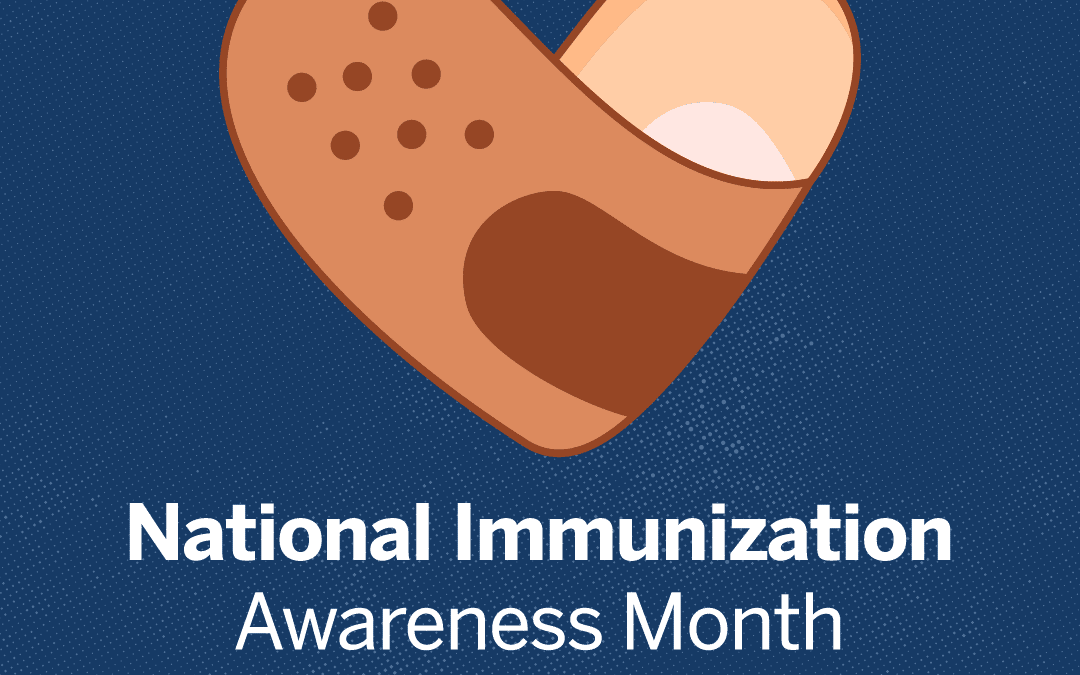by | | Learn
Want to create educational nursing content, but stumped on how to begin? Here’s some helpful tips on how to get started! Plan the scope of your content Our educational programs are based off of 50-60 minutes of content + 10 minutes for the nurse to answer questions....

by | | Learn
National Nurses Week takes place between May 6th and May 12th. Thank you to all our nurses! Learn more about the history of the week here: The History of National Nurses Week | ANA (nursingworld.org)

by | | Learn
August is National Immunization Awareness Month. As a nurse, you know the importance of keeping vaccines up-to-date, but how do you communicate that to your patients? Learn more here: https://www.cdc.gov/vaccines/howirecommend/index.html

by | | Learn
Your vision is critical. July is Health Vision month. Learn ways you can keep your eyes healthy: https://www.nei.nih.gov/learn-about-eye-health/healthy-vision/keep-your-eyes-healthy... by | | Learn
How do healthcare providers diagnose Cushing syndrome? Diagnosing Cushing syndrome can be complex and difficult. This syndrome is easier to recognize once it develops fully, but healthcare providers try to diagnose and treat it before it gets to that point. No single... by | | Learn
Overview There is a commonly held misconception that eating disorders are a lifestyle choice. Eating disorders are actually serious and often fatal illnesses that are associated with severe disturbances in people’s eating behaviors and related thoughts and emotions....



Recent Comments